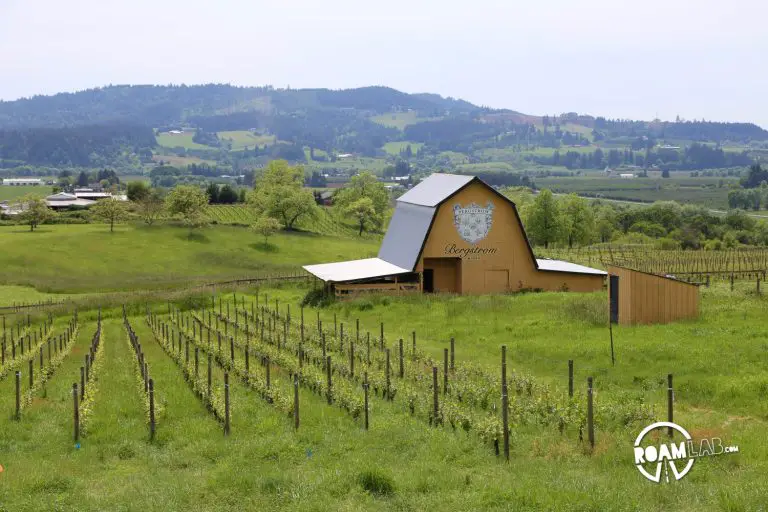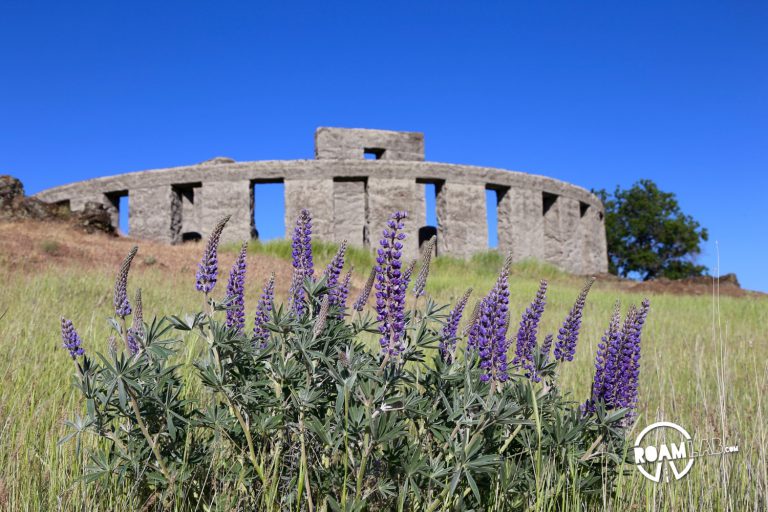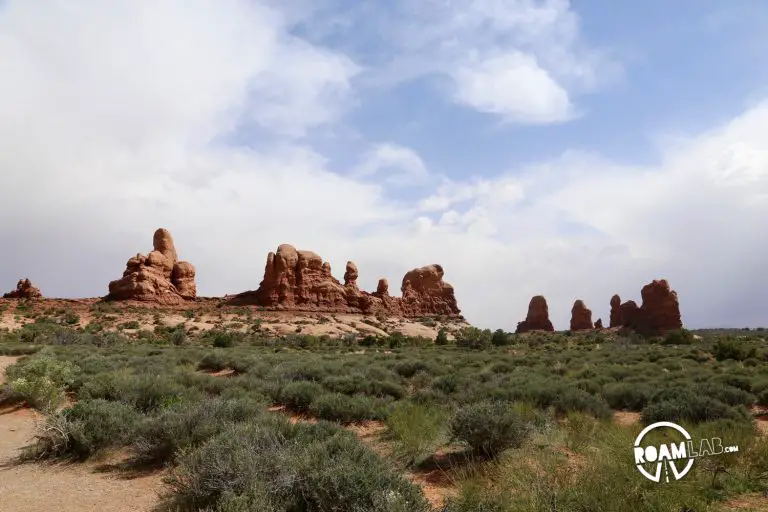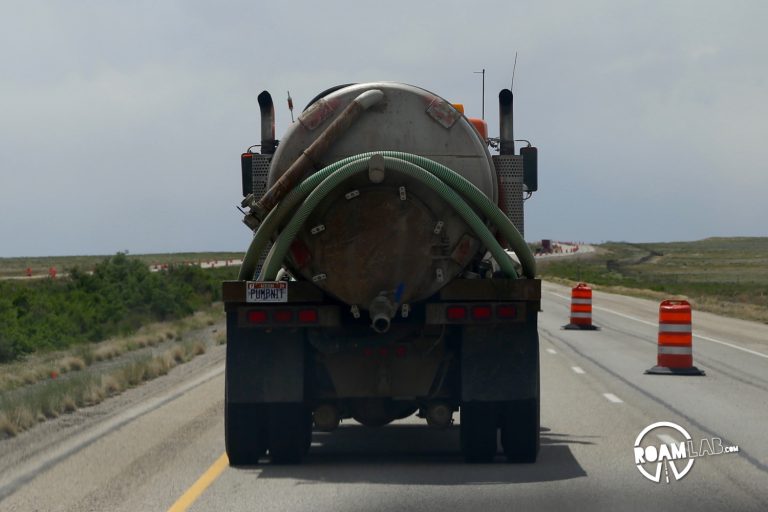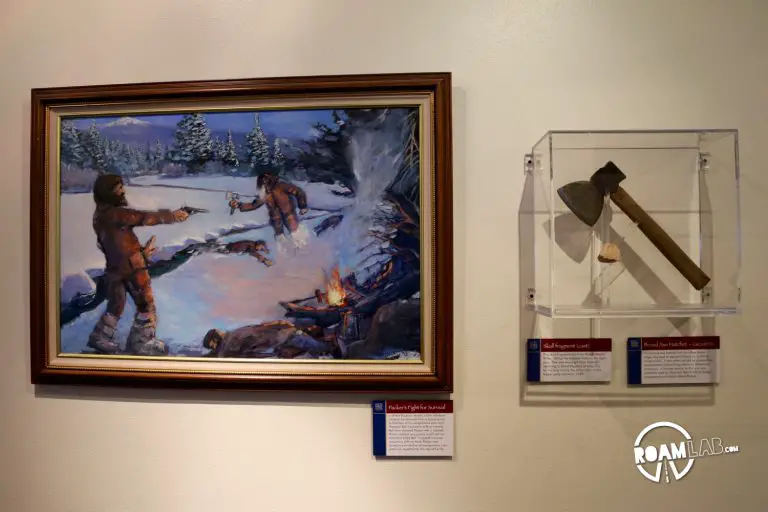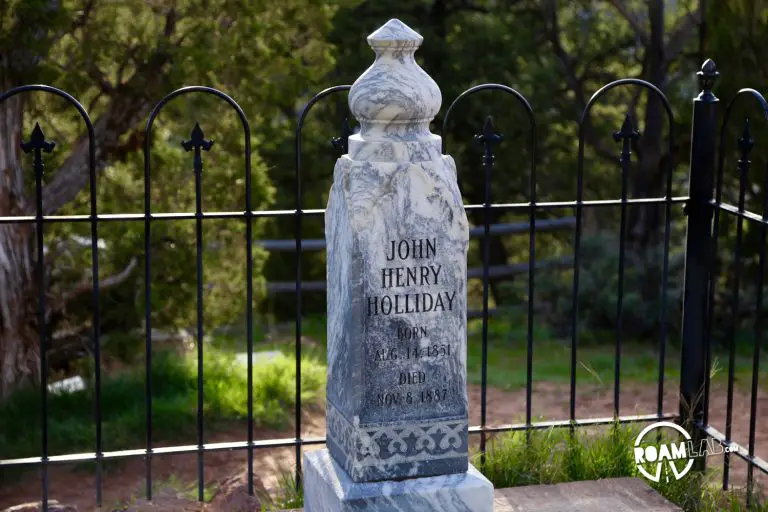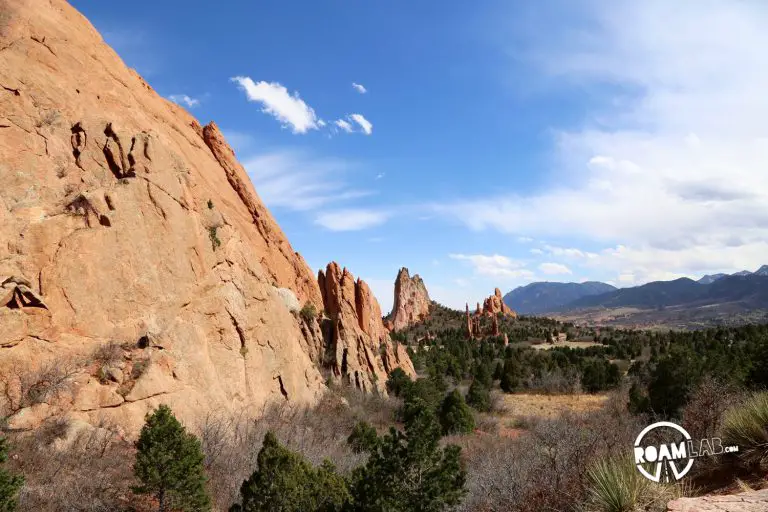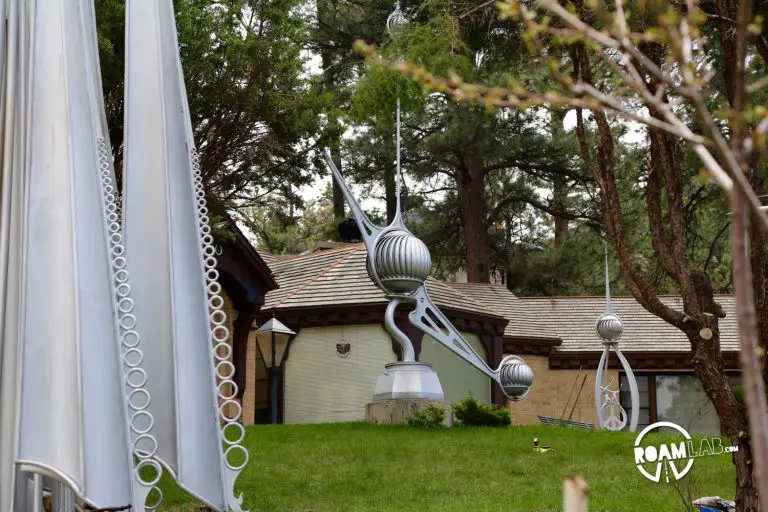While driving through one of the most scenic highways in America (a stretch of highway 70 through White River National Forest) we discovered that we would be driving past Doc Holiday's Grave in Glenwood Springs, Colorado. Apparently, he came to Glenwood Springs for treatment before succumbing to consumption. We had just come through Tombstone, AZ a few months before, so we considered this an appropriate stop. While the hike to the graveyard was only half a mile, the elevation had us huffing and puffing. But we were rewarded, not only with the monument to Doc Holiday, but a spectacular view.
